The AIMA Santa Monica represents something increasingly rare in the ebike world. You can’t just click “buy now” and have it shipped to your door. In an industry saturated with direct-to-consumer brands racing to undercut each other, AIMA is taking the opposite approach. They’ve partnered with over 400 local bike shops across the US and require customers to test ride before they buy. It’s a bold strategy that could seem like a handicap in 2025.
But here’s the thing. It works. And not just as a sales model, but in how it shapes the actual product. The Santa Monica feels like a bike that’s been refined through real-world feedback from actual shops and riders, not rushed through development to hit a price point for online shoppers. Every component choice, every geometry decision, every detail feels intentional and cohesive in a way that’s surprisingly refreshing.
My Experience Riding The AIMA Santa Monica E-Bike

Unlocking Riding Modes to 28MPH – Code is 1212
Go find what John was talking about with different riding modes aside from Class 1 2 and 3
Range
Estimated Range (from AIMA): Up to 60 miles
Real World Range Test Results:
- Pedal Assist Level 1 (minimum): 56 miles
- Pedal Assist Level 5 (maximum): 32 miles
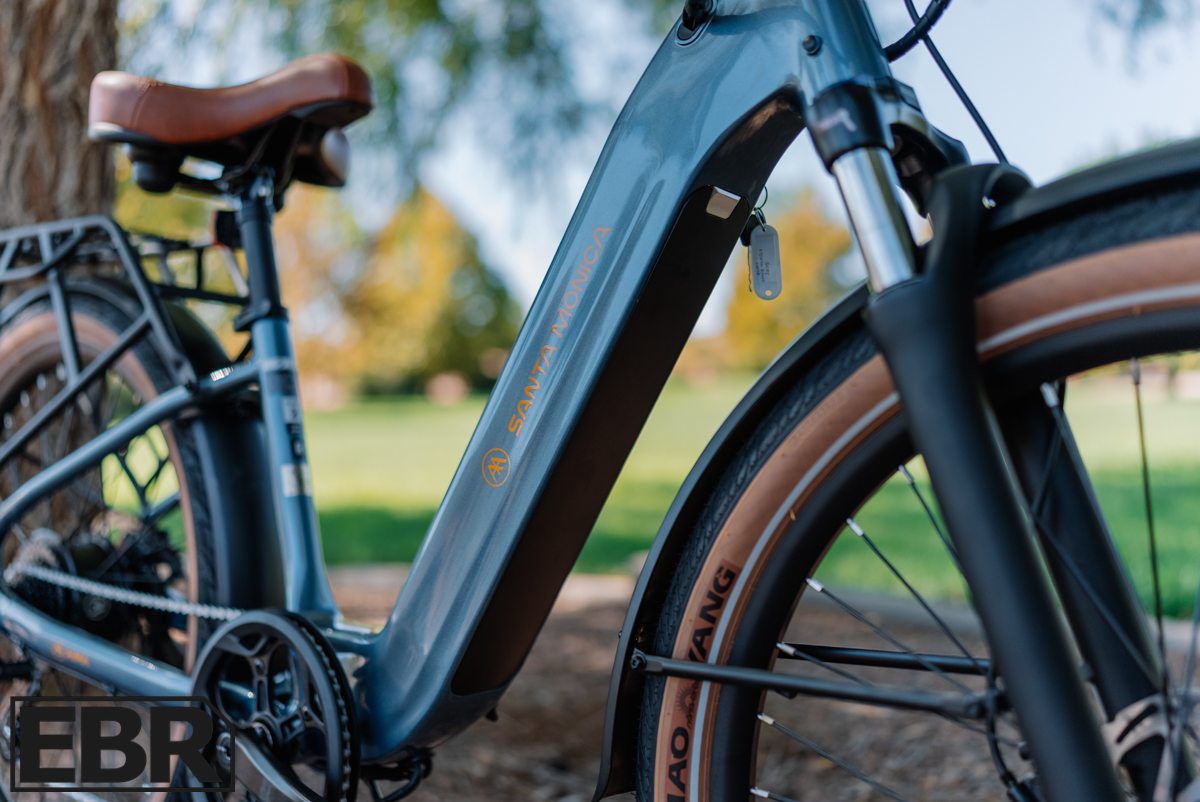
Taking the 60-mile estimated range that AIMA markets for the Santa Monica, we opted to run two range tests to see how it handled range on both ends of the spectrum. The first test was on PAS level 1, so the minimum assistance, where we yielded 56 miles on a single charge. Then, after a night of rest and a full recharge we set back out and this time using only PAS 5, at max power, we were able to hit 32 miles
The 56-mile result in PAS 1 is genuinely impressive and puts the Santa Monica in legitimate “all-day rider” territory. You could use this for a full day of errands, a leisurely weekend exploration ride, or a long commute without worrying about running dry.
Even in PAS 5, which is the highest assist level, 32 miles is more than enough for most daily use cases. If you’re commuting, that’s likely enough for a full week of riding without needing to recharge. The 720Wh battery provides a substantial energy reserve, and the torque sensor’s efficiency helps squeeze every possible mile out of that capacity.
Charging time is reasonable at around 4 to 6 hours from empty to full with the included 3A charger. For most riders, an overnight charge will handle all your riding needs. The display provides clear battery percentage indication, so you’re never guessing about remaining range.
Power (Motor & Battery)
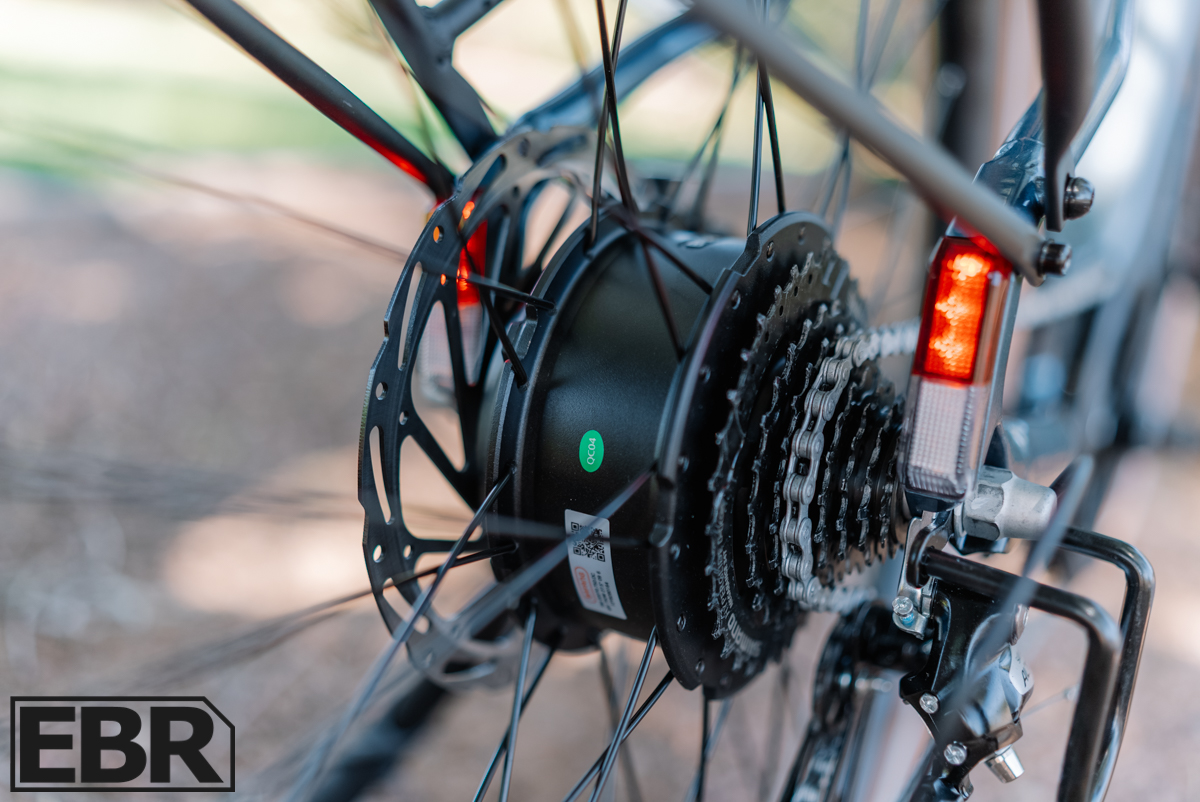
AIMA collaborated with Bafang to create what they’re calling the Route 66 motor, and I’ve got to say, I love it. It’s virtually silent, super smooth, and the torque sensor is excellent with natural and fluid response. The 750W rating paired with 74Nm of torque is a surprisingly strong combo that lets you ride as punchy or as relaxed as you want. It’s really well done and might be the best version of any Bafang I’ve felt yet.
Now here’s where things get interesting. The bike is marketed as strictly Class 2 with throttle and pedal assist to 20 MPH. But if you contact AIMA, you can get codes to unlock additional modes. There’s a ‘AM Class’ that I just refer to as the ‘California Class 3 mode’ with pedal assist to 28 MPH while the throttle is disabled. Then there’s “AM” mode for full Class 3, meaning both throttle and pedal assist to 28 MPH. Finally, there’s an unrestricted mode. I was able to get 28 MPH in testing, so it seems like they’re essentially giving users that throttle-to-28 capability for those who want it.
I appreciate this approach. Rather than the brand pre-programming limitations, they’re letting you adjust settings based on your local laws, where you ride, or even private land use. You can make your own limitations and ensure you’re complying with regulations rather than being forced by software restrictions. It puts the responsibility on the rider to know their local rules, which I think makes sense.
The whole setup complements the bike really well. It feels like a bit of a sleeper, disguised as a simple, coy cruiser that happens to have a very fun, peppy side when you want it.
Then there’s the 48V, 15Ah battery with 720Wh using LG cells. It’s fully frame-integrated for a sleek look but still has the perks of a key to lock the battery in the frame or remove it for off-bike charging or storage.
Components
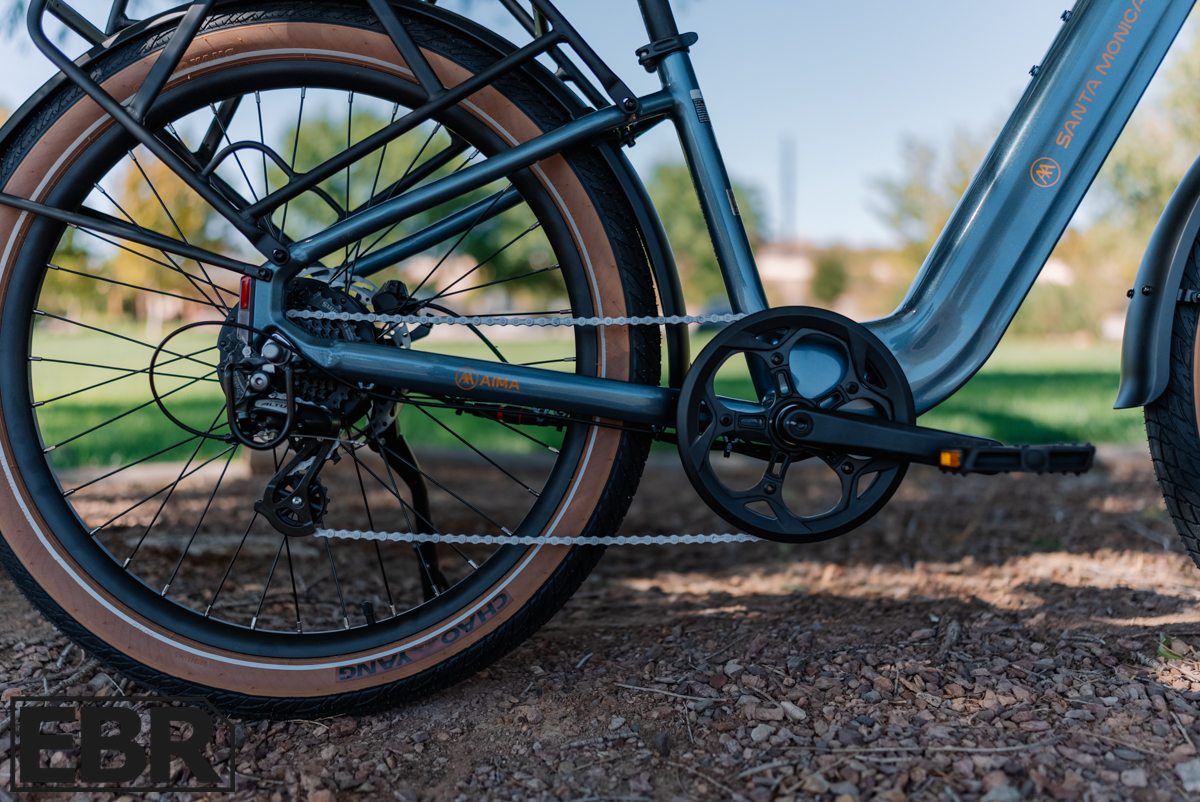
The components are pretty straightforward but work well with the SoCal cruiser theme. The step-through alloy frame keeps things accessible. The 8-speed Shimano Altus rear derailleur pairs with under-the-bar trigger shifters that include a small window showing what gear you’re in, which I appreciate over guessing based on feel.
Braking is handled by hydraulic disc brakes with 2-piston calipers and larger 203mm rotors over the more common 180mm. It’s not a huge braking upgrade per se, but it does help with pad cooling, longer pad life, and overall longevity. The 27.5″ wheels are wrapped in ChaoYang 27.5×2.6 tires that give a more forgiving ride with extra cushion without going full fat tire. It’s a good balance of looks (with those gumwalls) and function, letting you air down a bit to eat up road imperfections.
The SR Suntour coil spring fork has 75mm of travel with thru-axle support, preload, and lockout features. It smooths out broken pavement and moderate bumps without feeling bouncy. The contact points complement the tan sidewall tires with a wide tan leather saddle with extra padding and spring support, plus tan leather grips. No mention of the actual materials used though, so I’m unsure how they’ll hold up to moisture and all-weather rides over time.
The 680mm alloy handlebar has an upward and backward sweep consistent with Dutch city cruisers for that upright, relaxed position. The adjustable stem (10 to 80 degrees) lets riders dial in their ideal fit. The included fenders and rear rack are practical additions that make the bike useful for daily transportation.
Screen / User Interface / App
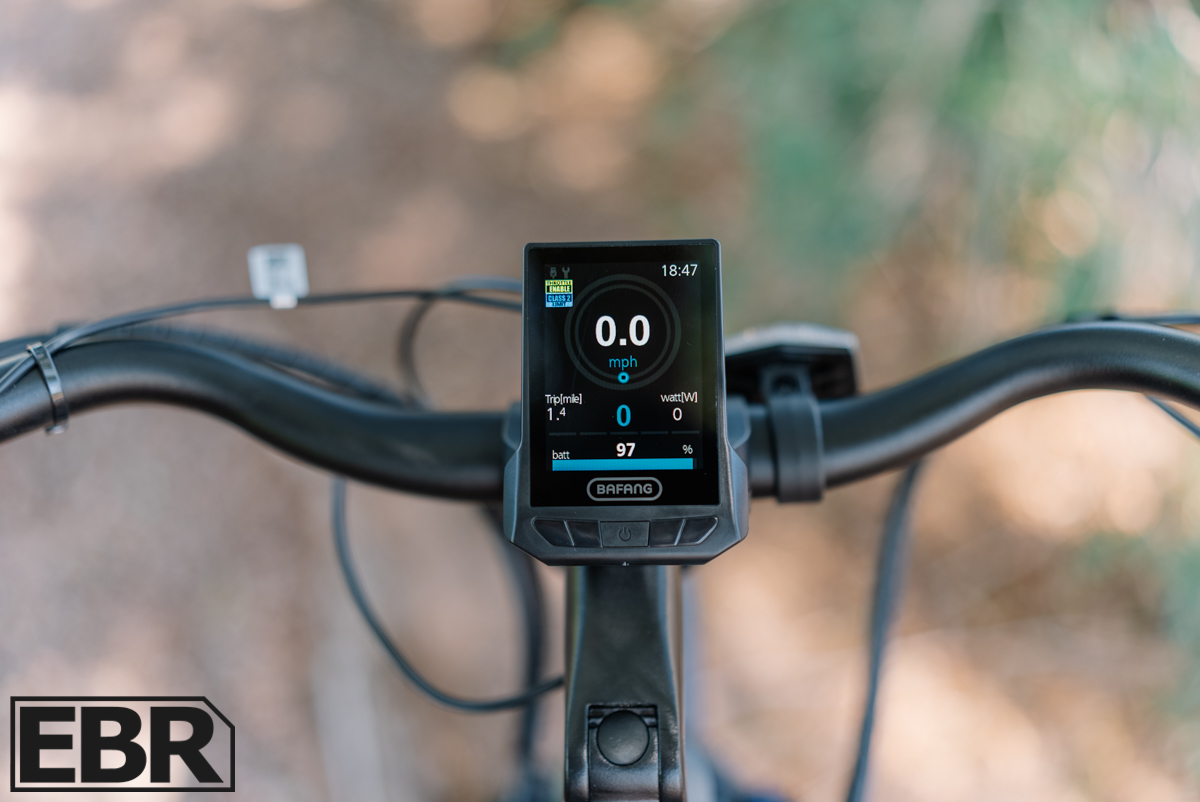
The color LCD display is clean, readable, and provides the essential information without overwhelming you with data. The backlight ensures visibility in all lighting conditions, and the layout is intuitive enough that you won’t need to keep checking the manual.
Key readouts include current speed (large, prominently displayed), battery percentage (precise numerical readout), pedal assist level (clearly indicated), trip distance and odometer, real-time wattage (useful for understanding power consumption), and clock.
The interface is controlled via a simple button pad on the left side of the handlebar. The buttons and the menu system is straightforward. Switching between assist levels is quick and intuitive. Just press the up or down arrows.
The display unit itself is well-integrated rather than looking like an aftermarket add-on. It’s mounted securely and has an adjustable angle for viewing without taking your eyes too far off the road. At the base of the display is a weather sealed port for USB Type-A charging.
One useful detail is that the display will show an estimated remaining range based on your current battery level and recent riding patterns. While these estimates should always be taken with a grain of salt, it’s helpful for planning rides and understanding how different assist levels affect efficiency.
Currently, there’s no companion smartphone app, which means no GPS tracking, theft alerts, or cloud-connected features. For some riders, this will be a dealbreaker. For others, it’s refreshingly simple. Just get on and ride without worrying about Bluetooth connections or app updates.
The unlock codes for switching between the various speed modes are accessed through the display menu or by contacting AIMA directly for the menu-specific 4-digit pass code.
AIMA Santa Monica Model Options
The Santa Monica is currently available in two frame sizes (Regular and Large) and three colors (Blue, Black, and White). This is pretty straightforward compared to brands that offer dozens of configurations and make you navigate complex decision trees.
Frame sizes include Regular, which fits riders 5′ 1″ to 6′ 2″, and Large, which fits riders 5′ 5″ to 6′ 3″. The overlap in the size ranges gives riders in the 5′ 5″ to 6′ 2″ range genuine choice based on preference. Smaller riders might prefer the Regular frame for easier standover height and more upright positioning, while taller riders in that range might appreciate the longer reach of the Large frame.
The adjustable stem helps fine-tune fit regardless of which frame you choose.
All three colors feature the same tan sidewall tires and clean graphics, so the choice comes down to personal aesthetic preference rather than functional differences.
Since the bikes are only available through local shops, you have the advantage of seeing the colors in person and test riding the actual bike you’ll purchase rather than ordering based on website photos and hoping it matches expectations.
AIMA backs the Santa Monica with a lifetime warranty on the frame and 2 years on everything else, which is solid coverage for peace of mind.
Is The AIMA Santa Monica Worth Buying?
So, when all the dust settles, is the AIMA Santa Monica the right e-bike for you? While I cannot answer that for you, I can say from personal experience where I test new ebikes weekly, sometimes daily, this ebike surprised me, and in a good way.
The AIMA Santa Monica may ‘look’ like many other e-bikes on the market, and in many ways that may be true. However, when it comes to the ‘feel’ of the bike, and in many ways just the overall experience, the AIMA Santa Monica represents what a great beach cruiser can be.
Its fit and feel are fantastic. The power delivery of the Route 66 motor is not only fluid and smooth, but surprisingly powerful and essentially silent. The practical add-ons like the fenders, MIK rear rack, and the front to back lighting all fit together in a great looking package that just delivers a ride and feel I want out of a casual e-bike.
Is it perfect? Nope, but no e-bike ever has been. I don’t love calling customer care just to get an access code to change class settings, I’d rather that be in the display as a waiver or agreement. And while I genuinely enjoyed the bike, $2400 for a cruiser bike might be steep for some buyers out there.
But, those are small gripes and mostly personal preferences. The AIMA Santa Monica is an objectively great ride and it’s executed well. For the folks concerned about buying an e-bike online and dread the thought of assembly or issues along the way, those folks will find comfort in testing and taking home a fully assembled Santa Monica from a local bike shop with the peace of mind they have a service partner for the life of the bike.
So, I cant call it for you, but if i had to nudge you one way or another, id say this: If you’re looking for a cruiser style bike that just gets it all right? The AIMA Santa Monica deserves some strong consideration.
I test a lot of e-bikes, and now, the Santa Monica is on my short list of recommendations to friends and family.
Take that for what it’s worth to you.
Pros
- Since the Santa Monica is not sold online, those who are cautious of online sales will appreciate being able to test and take home a full;y assembled bike they had a chance to ride before committing.
- The SAnta Monica has 5 classes of riding, from Class 1 to Unrestricted and everything in between, letting you have the final say in what your e-bike can do.
- The ‘Route 66’ motor (a collab between AIMA and BAfang) results in an excellent rear hub motor that’s as smooth and silent as you could ask for but packs enough torque and peaking watts to crush hills.
- I was able to cover 56 miles in PAS 1 and another 32 miles in PAS 5 in my real-world range testing, which wasn’t far from the ‘up to 60 miles’ advertised by AIMA
- The Santa Monica’s electrical system is safety certified to UL 2849 and the entire bike has a IPX4 water resistance rating for safe operation even on rainy days.
Cons
- No online sales will be good for some buyers and an annoyance for others.
- Limited accessories from AIMA for this model aside from a front basket, spare battery, bike locks and rack bags.

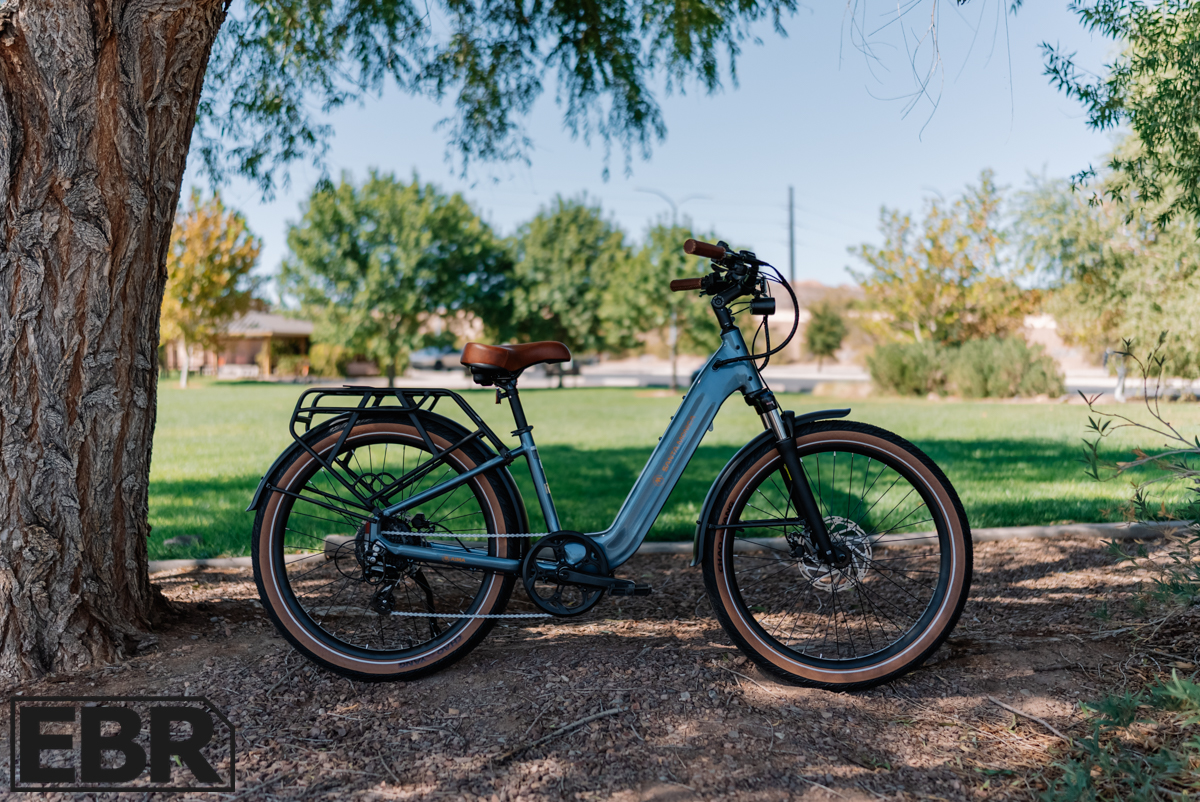

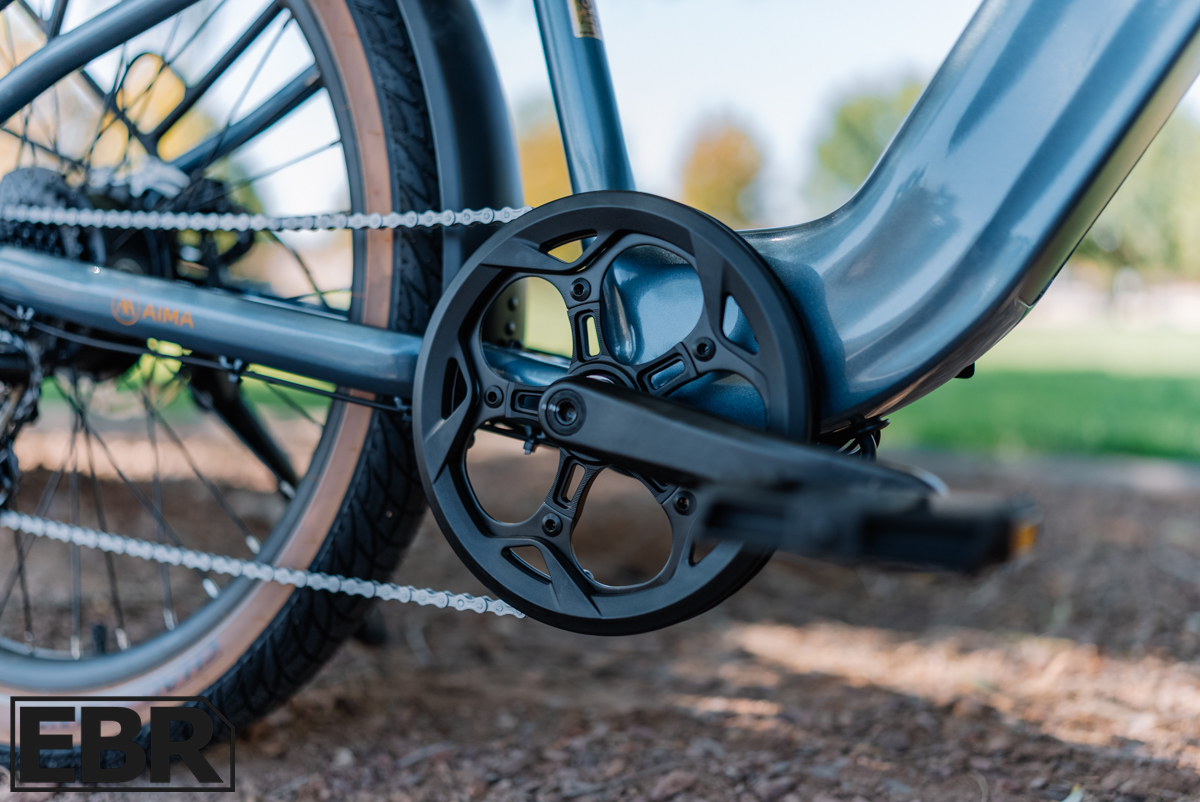
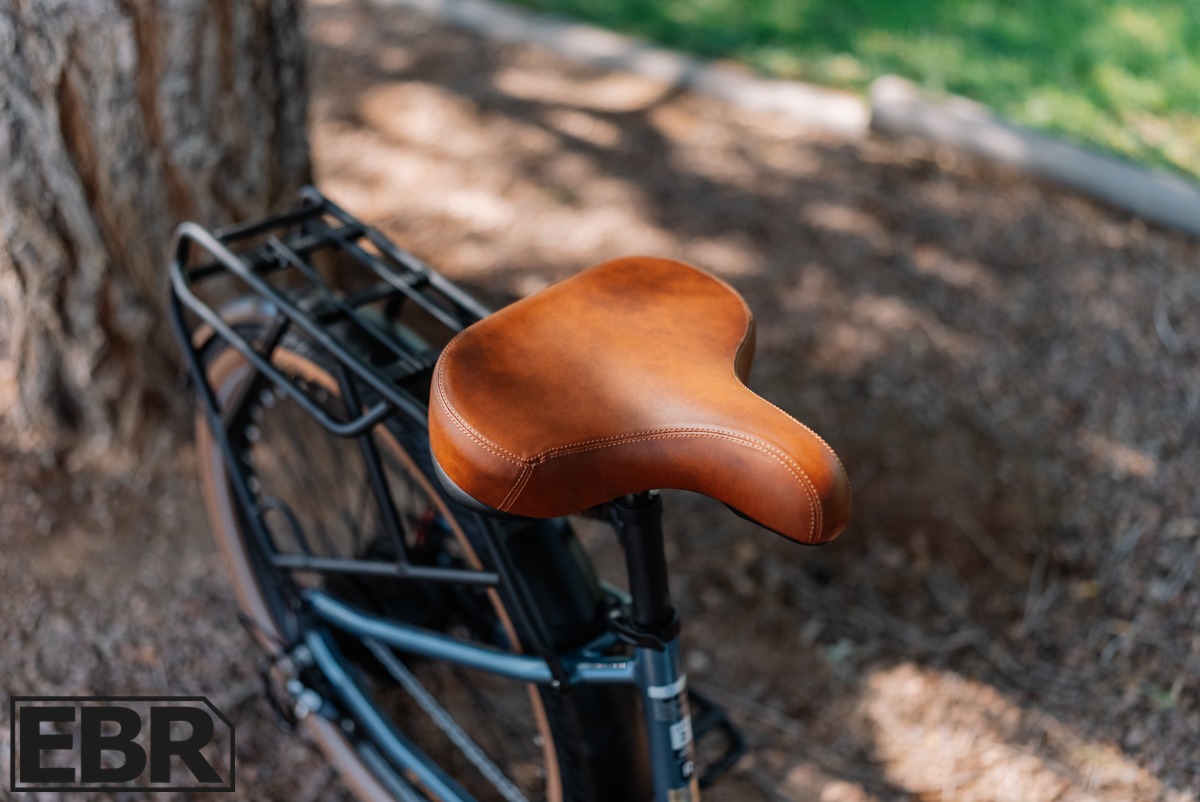
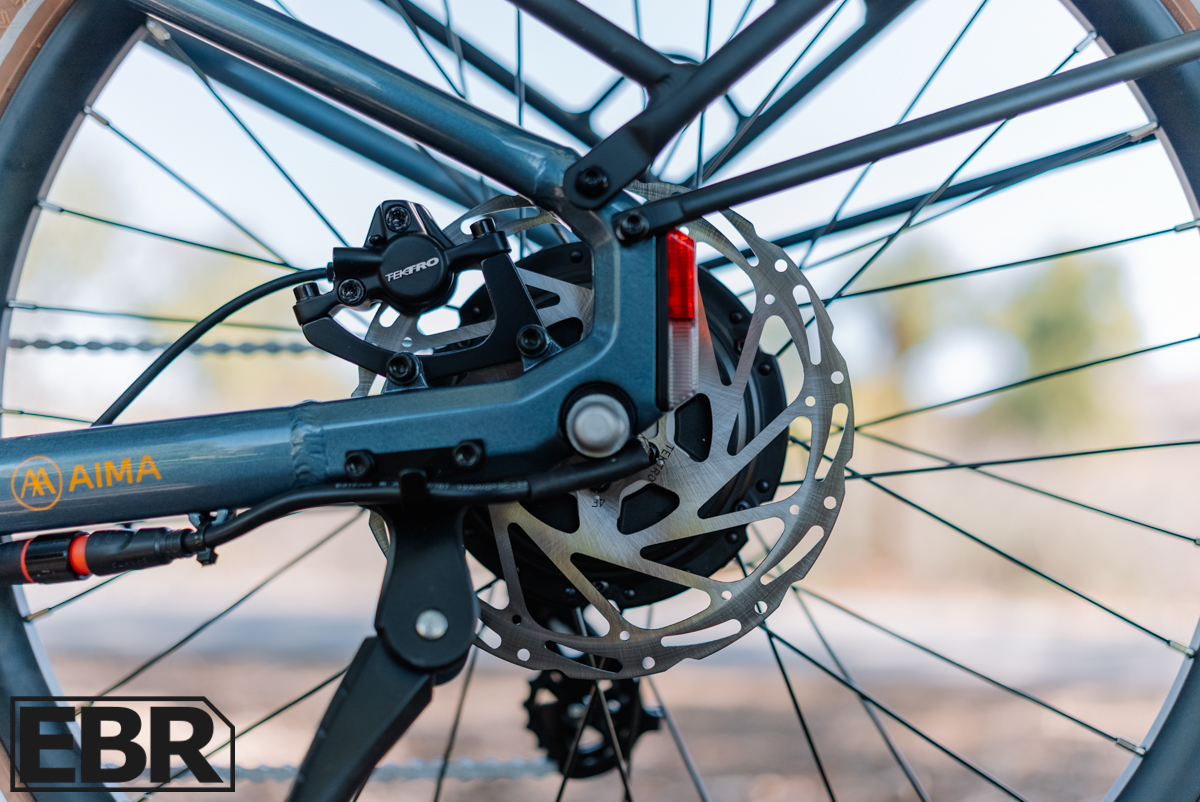
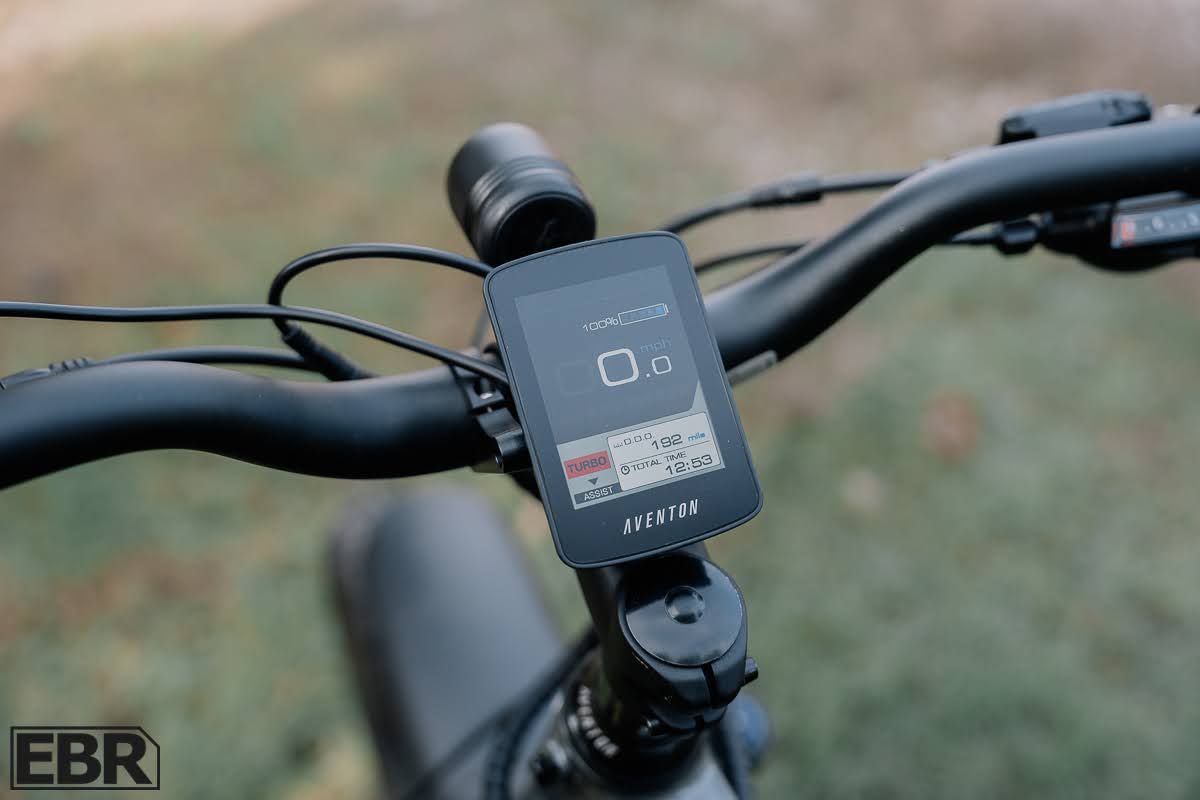

Reader Interactions